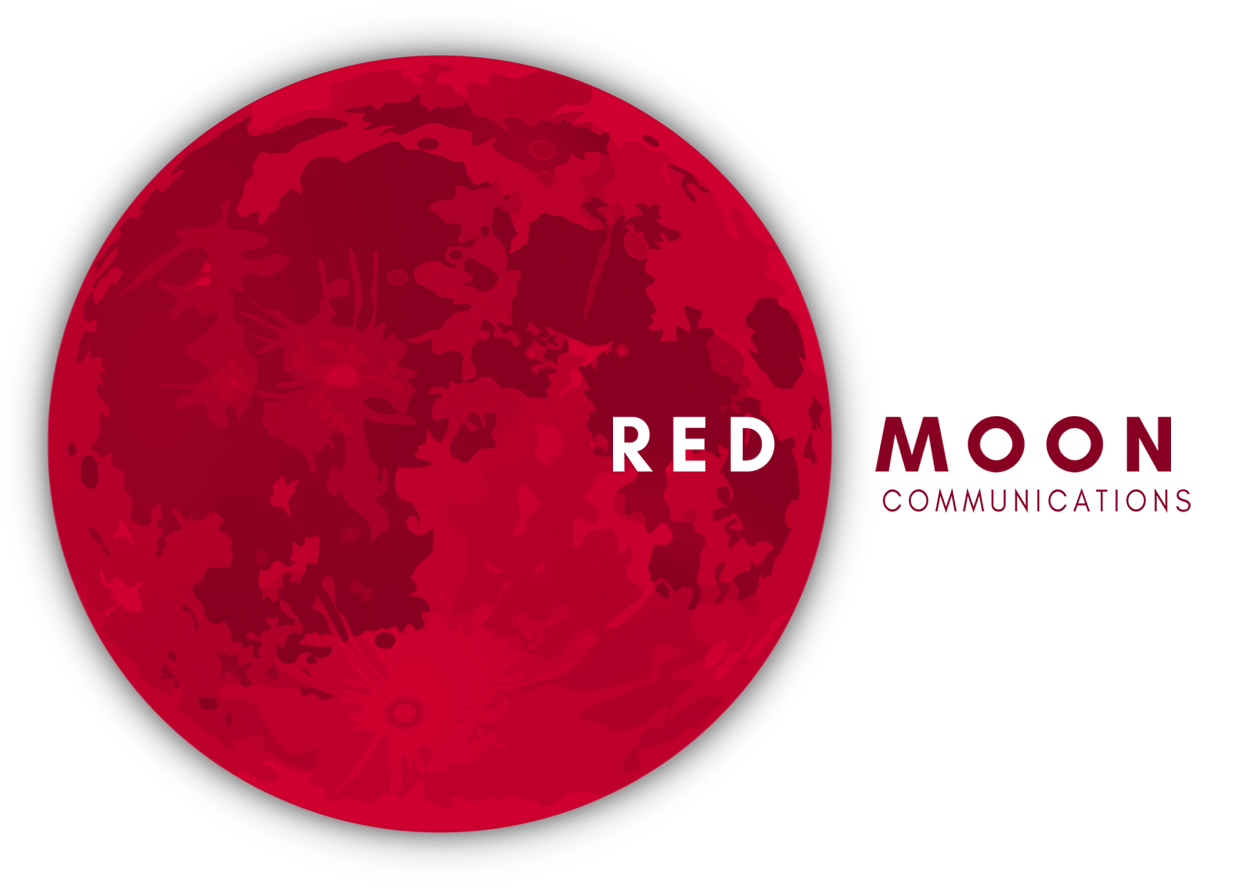In simple words, ideation is generating fresh ideas and solutions through processes like brainstorming, mind mapping, brainwriting, prototyping, and questioning assumptions. The ideas you generate could be for starting a business, creating content, a new product or service, or for marketing your existing services and products.
Content ideation is a part of content marketing, which is a marketing strategy used to keep your audience engaged by sharing relevant and authentic ideas through different types of media, including videos, podcasts, and articles. The power to keep your audience engaged depends on how useful, entertaining and interesting your ideas are, and how compelled your target audience is to share them.
It is important to keep in mind that ideation is an iterative process, which means that you will keep coming up with new ideas and will keep refining them to come up with a real strategy. This cannot happen without creativity and imagination. The creative process takes time – it will not happen overnight. So, the question is, how do you keep coming up with fresh ideas all the time for new and interesting content? This is where tried and tested ideation techniques come into the picture.
Ideation Techniques
There are several ideation techniques out there. We are sharing a few below that our team has found very useful. You should use the techniques most useful for your team’s needs.
- Brainstorming
It would be a great idea to bring in other people so that there are more brains coming up with new ideas. Group discussions and teams working in a structured way to create several solutions is a great way to come up with a collection of ideas that can be refined and narrowed down to the best option.
The group should set a time limit and let their ideas flow. No one should judge ideas shared by others as this will obstruct the creative process. Everyone should feel comfortable sharing any idea that comes to mind.
In order to create a structured process for brainstorming, you will need a facilitator who can guide the conversation between the team members and will ensure an environment where everyone is heard.
- Mind Mapping
Mind mapping is an effective method for brainstorming fresh ideas through interconnection with a central theme. For instance, let’s say your central topic is ‘Project Management’ and you need to make several Instagram posts about it. So, you will write ‘Project Management’ in a circle in the middle of a page. From the middle, you will work outward in all directions to create a diagram showing ideas associated with the central topic.
- Brainwriting
When you have introverted team members, brainwriting can be a great way to get every member to contribute their ideas. Everyone is given a piece of paper and five minutes to write down their solutions to the problem the team is trying to solve. After five minutes, each person hands their piece of paper to the person seated next to them, who then builds upon the idea written down. After everyone is done, the facilitator will display the papers and a discussion will be held to choose the best idea or solution.
It is a good way to get everyone’s contribution, even those persons who tend to say very little during discussions.
- Sketching
This technique is very similar to brainwriting, but instead of writing down ideas, the team members sketch them. Once everyone has made a rough drawing of their idea, they hand their papers to the person sitting next to them, who builds upon the sketched idea. Once the work is done, the facilitator displays the papers and the best idea is chosen through discussion.
This is a great technique for artistic team members and those people who find it easier to comprehend and convey their ideas visually.

- SCAMPER
SCAMPER is an acronym made up of seven action verbs, which can be seen as seven different angles of looking at a problem or project. This method is especially useful when looking to improve an existing product or project, by scrutinizing it through these varying perspectives.
Now, let’s take a look at what SCAMPER stands for and give an example for each action verb:
Substitute – What can we use instead of this product or service?
Combine – What if we combine two existing products to create a new product?
Adapt – What if we adapt this service to a different target audience?
Modify – How can we modify this product to improve it?
Put to another use – What if we find a different use for this product?
Eliminate – What if we remove this component from the product, as it doesn’t have much functionality?
Reverse – What if we completely change our target audience for this service?
- Questioning Assumptions
Every industry works on assumptions about the way things get done. You must learn everything about your industry and then question the expectations and beliefs the industry operates on. Questioning assumptions is a technique that challenges these beliefs and attempts to create new ideas and ways of working.
This technique may be used to improve or build products. It would help to make a list of assumptions about the product and then discuss whether or not these assumptions are correct. This exercise will help you determine which assumptions are necessary and which ones you may eliminate. Please remember that the creative process takes time and you will have to test different ideation techniques to see which suits your team more. Good luck!









